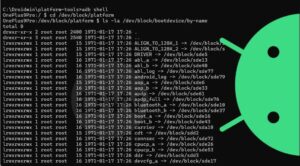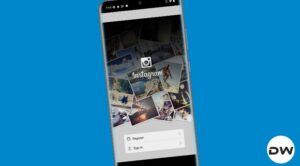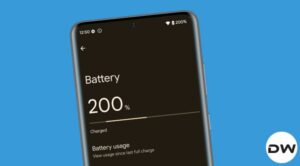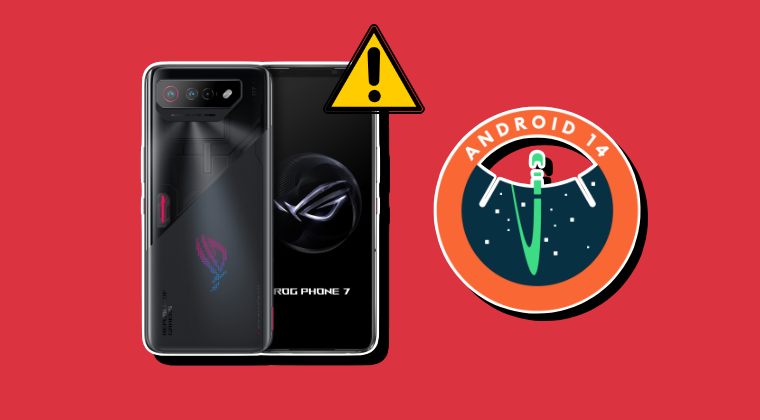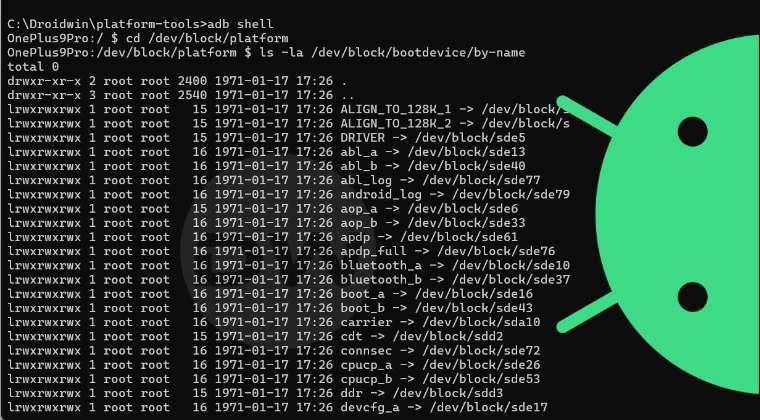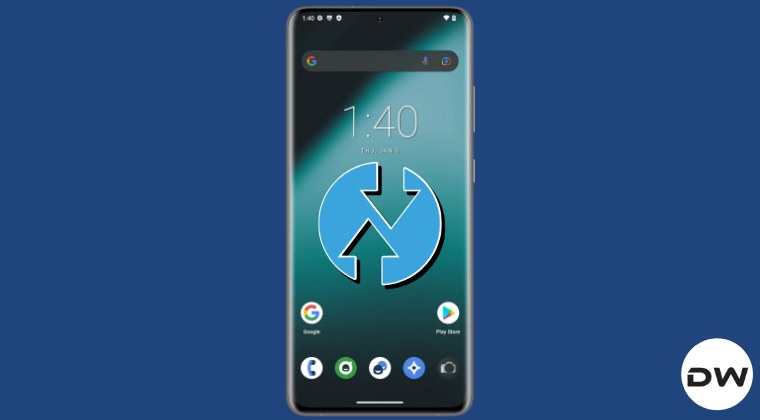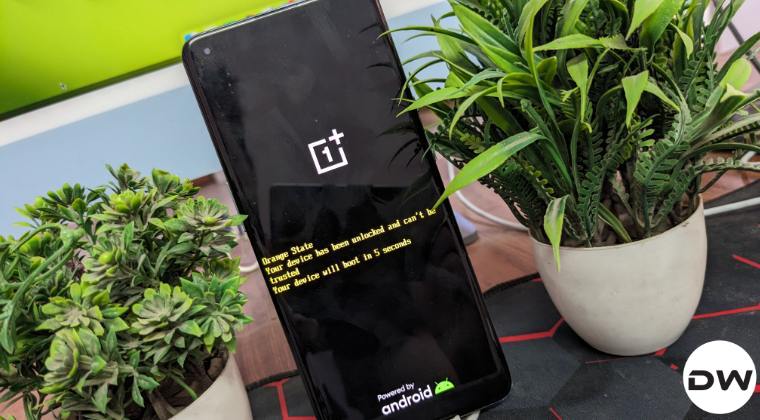This guide will show you various methods to fix the blank app icon issue on Windows 11. The latest OS build has baked in quite a few noteworthy changes, out of which it is the UI tweak that managed to grab the attention of the masses. The revamped taskbar, redesigned Settings menu, and new icon set are all part of this change.
However, in spite of all these user interface tweaks, you might still occasionally come across some UI-related issues. One such issue is when the app’s icon appears blank and only its name will be visible. If you select that app, then it would be highlighted with a dotted square. The rest of the app’s functionalities would continue to work well and good, but still not having the app’s icon would still be a cause of concern.
![]()
This is because we usually tend to identify the app via its icon itself, and if that is missing, then we will have to check out its name. While that would only take an additional second, but over the due course of time, it would snowball to a much longer lost time. So to avoid all that from happening, this guide will make you aware of various methods to fix the blank app icon issue on your Windows 11 PC. Follow along.
Table of Contents
How to Fix Blank App Icon in Windows 11
![]()
Do note that there’s no universal fix as such. You will have to try out each of the below-mentioned workarounds and see which one works best in your favor. So with that in mind, let’s get started.
FIX 1: Restart PC
Most of these UI-related issues are more often than not rectified after restarting the system. So give your PC a proper reboot and then check if the issue is resolved or not.
![]()
FIX 2: Change its Icon
If the default app icon isn’t being displayed, then you could also assign one of the custom icons to it from the Windows collection. Here’s how:
- Highlight that missing icon, right-click on it, and select Properties.
- Then go to the Customize tab and click on the Change Icon.

- Now select the desired icon and then click OK > Apply > OK.

- Check if it fixes the blank app icon issue in Windows 11.
FIX 3: Restart Windows Explorer
If the Explorer’s background services aren’t functioning along the expected lines, then its repercussions could be felt by various system components, including the UI front. So you could consider restarting the Explorer window, using the instructions given below:
- Bring up the Task Manager via Ctrl+Shift+Esc shortcut keys.
- Then select Windows Explorer under the Apps section and click Restart.

- However, if it is not there, then go to the Details tab, select explorer.exe, and click End Task.

- Now, wait for the Explorer to restart. Once that happens, check if the blank app icon issue in Windows 11 has been fixed or not.
FIX 4: Use DISM and SFC Commands
System File Checker and Deployment Image Servicing and Management are two command-line utility tools that scan for the corrupt Windows files and then replace them with their working counterpart. The major difference between the two is whereas the SFC replaces the corrupt files with the working ones from the cached directory on your PC, DISM does so by downloading the working files from the online Microsoft servers. And as of now, we would be making use of both these tools to fix the underlying issue. Follow along
- To begin with, head over to the Start Menu, search Command Prompt, and launch it as an administrator.
- Then copy-paste the below command to open the SFC Tool:
sfc /scannow

- Once the SFC Scanning is complete, it’s time to use the DISM Tool. So copy-paste the below command:
DISM /Online /Cleanup-Image /RestoreHealth

Once DISM finishes the scanning, it is recommended to reboot your PC. Once it boots up, check if it fixes the issue of the Windows 11 Settings menu not opening or working.
FIX 5: Delete Icon Cache Files
All the app’s icon cached data are stored inside the ‘IconCache’ database. If any of one of those app’s icon files gets corrupted, then there is every chance of that entire data file being corrupted (after all, a rotten apple spoils the whole basket). So your best course of action should be to delete this cache file and let the system recreate it from scratch. Here’s how it could be done:
- To begin with, launch the File Explorer via Windows+E shortcut keys.
- Then head over to the below location (replace username accordingly).
C:\Users\username\AppData\Local
- Now scroll to the end and you should see the IconCache file.

- Select it and hit Shift+Delete to permanently remove it.
- Now restart your PC and let the icon cache files regenerate.
- Once that is done check if it fixes the blank app icon in Windows 11.
FIX 6: Delete TrayNotify via Registry Editor
The TrayNotify Registry key houses the IconStreams and PastIconStream D-Word files. Both these files are responsible for efficient handling of the icons present on the Taskbar, Action Center, and the desktop icons set. In case any of these binary files get corrupted, then they might lead to issues with the icons disappearing or not appearing on in their designated location. So you should consider deleting both these files and then let the system recreate its fresh instance from scratch. Here’s how it could be done:
- Head over to the Start Menu, search Registry Editor, and open it.
- After that, copy-paste the below location in its address bar and hit Enter:
Computer\HKEY_USERS\S-1-5-21-3454147755-885247654-2276177167-1001\Software\Classes\Local Settings\Software\Microsoft\Windows\CurrentVersion\TrayNotify

- Now select the IconStreams file from the right-hand side and hit Delete.
- After that, click YES in the confirmation dialog box. Likewise, delete the PastIconStream file as well.

- Once both these files have been deleted, restart your PC. Then wait for a minute or two and let the system recreate these files.
- Check if it fixes the blank app icon issue in Windows 11.
FIX 7: Reinstall the App
If none of the aforementioned methods managed to spell out success, then your last course of action should be to uninstall that app and then install its latest build. Here’s how it could be done:
- Bring up the Settings menu via Windows+I shortcut keys.
- Then select Apps from the left menu bar and go to Apps & Features.
- Now click on the overflow icon next to the app that you wish to remove and hit Uninstall.

- Again, click Uninstall in the confirmation dialog box and wait for the process to complete.
- Once done, head over to that app’s official site and download its latest build.
- Then install the app and launch it once. That’s it. This should rectify the underlying issue.
So with this, we round off the guide on how you could fix the blank app icon issue in Windows 11. We have listed seven different methods for the same. Do let us know in the comments which one worked out in your favor. Likewise, all your queries are welcomed in the comments section below.
